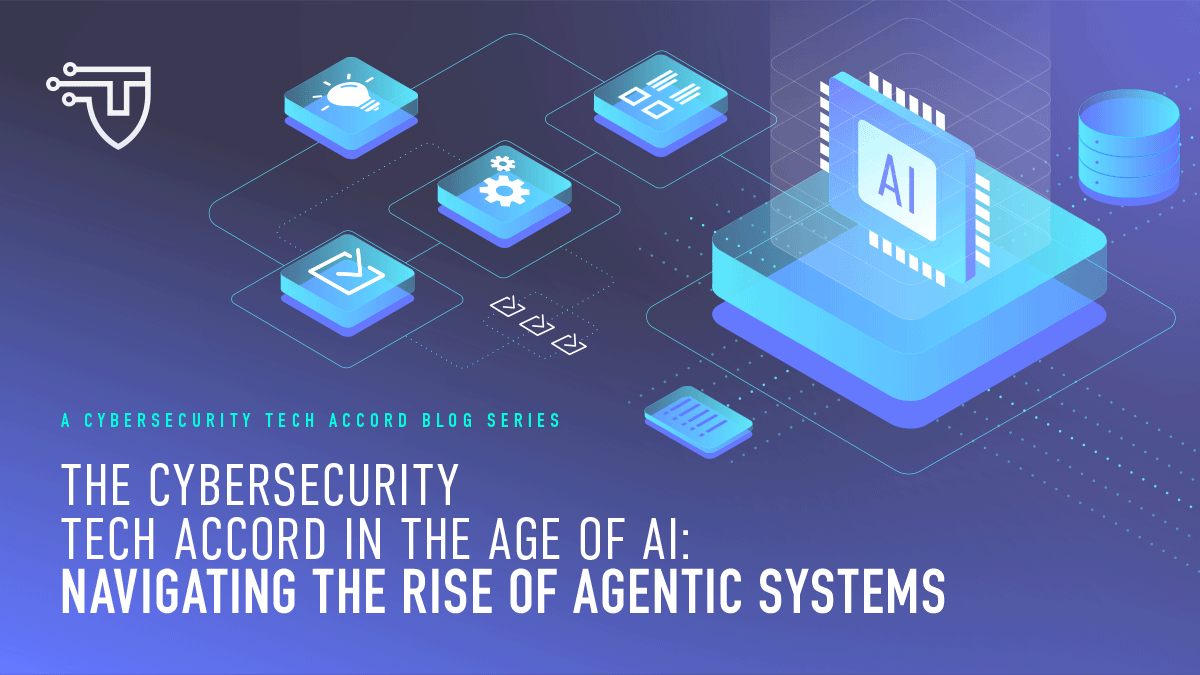Agentic AI and the future of cybersecurity — Why it matters
In 1997, IBM’s Deep Blue made history by defeating world chess champion Garry Kasparov, offering an early glimpse into the potential of artificial intelligence (AI). Though its capabilities were narrow and rule-bound, its ability to plan ahead and make strategic decisions hinted at a future where machines could exhibit more autonomous behavior. Today, that future is rapidly becoming a reality. AI systems are evolving beyond reactive tools – they are increasingly capable of setting their own goals and making decisions independently, whether in personalized content recommendations, autonomous vehicles or coordinated drone swarms.
This shift marks a turning point: we’re no longer merely programming machines to follow instructions—we’re designing systems that can define and pursue objectives on their own. This autonomy is what distinguishes agentic AI1 from traditional AI agents and generative models, which are typically designed to produce content like text or images in response to user prompts, but not to independently plan or act on goals. Agentic AI introduces a new paradigm—one where machines can act with purpose, adapt to changing environments, and collaborate in complex, real-world scenarios.
| Feature | Agentic AI | AI Agents | Generative AI |
| Autonomy | High | Moderate | Low |
| Adaptability | High | Limited | Low |
| Goal-Setting | Yes | No | No |
| Task Scope | Broad (multi-step) | Moderate (task-specific) | Narrow |
| Decision making | Yes | Sometimes | No |
| Human Input | Low | Moderate | High |
In everyday life, agentic AI could function as a truly proactive assistant, anticipating needs, adjusting schedules, or coordinating tasks across devices without being prompted. In healthcare, it might continuously monitor patient data and autonomously trigger early interventions. In education, it could tailor learning experiences to each student’s pace and style, adjusting as they progress.
In cybersecurity, the relevance of agentic AI is especially pronounced. Unlike traditional tools that rely on predefined triggers and manual oversight, agentic systems can proactively scan for anomalies, detect emerging threats, and adapt defenses on the fly. These systems can assess risk in context, prioritize vulnerabilities by based on risk, context, and urgency, and take decisive action, sch as deploying decoys, rerouting traffic, and modifying security protocols in real time. This kind of dynamic, autonomous response has the potential to dramatically reduce reaction times and ease the burden on human analysts, enabling faster, more resilient cyber defense at scale.
Recent initiatives are beginning to show what Agentic AI looks like in practice. National challenges such as the Defense Advanced Research Projects Agency’s (DARPA) AI Cyber Challenge (AIxCC) are showcasing “cyber reasoning systems” capable of autonomously scanning massive codebases, identity vulnerabilities, and generating fixes in near real time. This capability compresses what used to take weeks or months into minutes. Another promising approach involves creating digital twins of critical infrastructure networks to train in realistic environments, detect anomalies, and rehearse mitigations before deployment, strengthening defenses for operational technology without disrupting live systems. These innovations are redefining how we think about speed, scale, and precision in cyber defense.
However, the rise of autonomous, agentic AI systems also introduce new risks. These agents can operate independently without fatigue, work on multiple projects simultaneously, retain memory across sessions, and interact with human teams through tools such as email and Teams. To function effectively, they often require access to the same systems and data as humans, and may run on infrastructure out of your control, and may even create new support-agents independently. This creates a complex risk landscape where misuse, unintended behavior, and over-reliance are all real concerns. Alarmingly, threat actors have already weaponized AI agents. The good news is that defenders have access these same capabilities. Agentic AI offers the potential for systems that can anticipate, adapt, and respond at machine speed. In cybersecurity, that could be a game-changer.
As we kick-off Cybersecurity Awareness Month this October, we hope you will follow along with the Cybersecurity Tech Accord’s exploration of the evolving rise of Agentic AI and the ways in which it may impact cybersecurity through our newest blog series. In our next blog post, we will explore concrete use cases of Agentic Security, where it is being applied today and the security risks that come with it.

